The Lack of Asian Representation in American Sports
Courtesy of Northwest Asian Weekly
Pictured are Asian Americans who have created significant history in the realm of athletics.
October 17, 2020
Sports are a centripetal force that unites a nation, celebrating victories and events that bring people of all backgrounds together. However, in particular sports in the United States, there lacks Asian athlete representation compared to the abundance of other races. Although there is no clear-cut reasoning to this answer, there are pieces of information that lead to an explanation.
Frequently, Asians are belittled by racial slurs and stereotypes that make others believe that Asians cannot athletically compete. Stereotypes such as Asians are weaker and docile discourages Asians to participate in sports. Also, playing sports where it is apparent that one is the minority leads to an easier target for racial slurs and not being respected by others. This is why more Asians participate in sports such as tennis, golf, and swimming since it is easier to gain respect in these areas. However, others do not focus on the demographics and instead concentrate on the game, such as Yorba Linda High School’s quarterback, Reyn Beal (10), “I only know one other Asian on my team, but it doesn’t bother me because you don’t notice or care about race on the field, you only see your teammates.”
The model minority myth that Asians will achieve a higher level of socio-economic success in America creates an image that racism and discrimination against Asians do not exist, demeaning their experience with racism. Persistently, the model minority myth discourages the Asian-American youth from having a career in athletics because they are pressured to pursue a job that is considered prosperous and financially stable.
Another note is that Asians are pressured to take rigorous course loads and extracurriculars such as robotics and coding to stand out to colleges, leaving little time for sports. The Asian youth is known to prioritize education since attending prestigious universities is crucial for many because that is a factor Asian parents equate to success.
In the NCAA, the lack of Asian athletes at top athletic colleges is evident. Only 1.8% of Asian-American athletes are present in the NCAA, and Asians make up the second-lowest demographic, with Native Americans first. Although Asians make up 5.6% of the United States population, 2016-2017 demographic demonstrates only 1.8% of male athletes are Asian or Pacific Islanders and 2.5% of Asian American or Pacific Islander females. However, the percentage of white male athletes is 63.7% and 71.1% white female athletes (Lapchick, 2017).
The athletic department’s top ten schools are not located in areas with large Asian-American populations, such as states in the South and Midwest, resulting in fewer Asians on campus and a lower amount of Asian student-athletes. Specifically, the NCAA 2018 demographic shows only 0.9% Asian athletes in baseball, at 0.53% in football, a rate of 0.57% in basketball, and 0.67% in hockey, which clearly demonstrates the insufficiency of Asian athletes. These particular schools are more likely to be drafted into professional sports, which can be another reason for the lack of Asian athletes in professional sports (USA Today).
In addition, the popularity of American sports in Asia is emerging; for instance, the growth of the popularity of baseball in Japan is extremely prominent. Asians are 80% more likely to purchase products or attend a sporting event if it involves a situation similar to their culture. Therefore, Asian athletes, such as Yao Ming, are an example of Asians being more likely to buy products that sponsor Asians and go to games in which these superstars play in. However, due to the lack of Asian players, American sports brands and teams have a challenging situation of finding Asian athletes to represent their brand to attract the Asian market and consumers.
Asians are most rare in the NBA, NFL, MLB, and NHL professional sports league. With a total of 0.2% of Asians in the NBA, the first Asian NBA player played in 1947 and not until 30 years later until another Asian player was drafted. Currently, making 1.9% Asians, there are only two Asian players in the NFL, Younghoe Koo, a kicker for the Atlanta Falcons, and Taylor Rapp, a safety for the Los Angeles Rams (Douangdara, 2020).
However, Asian athletes have made incredible history in the realm of sports. For instance, as Jeremy Lin is described as “deceptively” athletic, his athletic abilities were overlooked due to his race. In addition, Jeremy Lin was named first-team All-State and Division II “Player of the Year” and still did not receive a scholarship from any Division I college for unknown reasons. Despite all of his challenges, ‘Linsanity’ emerged, which is when Jeremy Lin unexpectedly became one of the biggest NBA superstars. Also, Hines Ward, a South Korean NFL player, won MVP for Super Bowl XL and retired with 1,000 receptions, 12,083 receiving yards, and 85 touchdowns. Finally, Ichiro Suzuki, a Japanese baseball player, was named one of the greatest baseball players and a Hall of Famer (Sportscasting).
Although there is a lack of Asian representation in American sports, the Asian superstars are incredibly prominent in representing this race. Through discrimination, racial slurs, and pressure, these star athletes have risen through their troubles. These select few have become symbols and role models that the Asian community idolizes and has paved the way for future Asian American athletes.


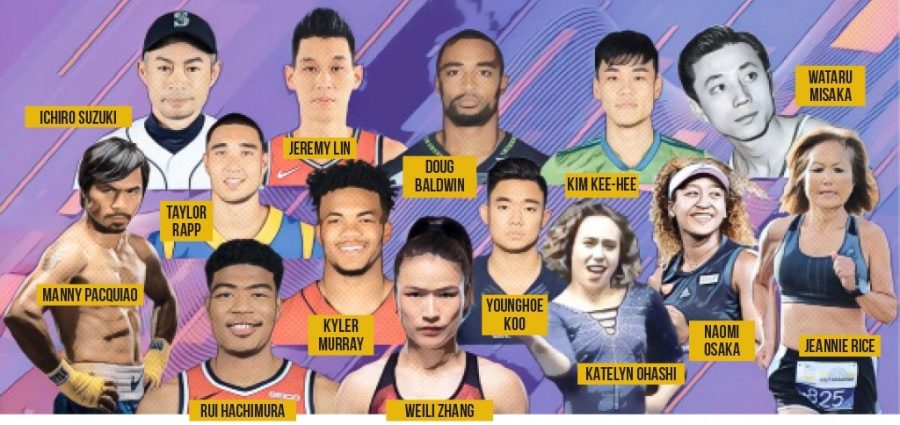
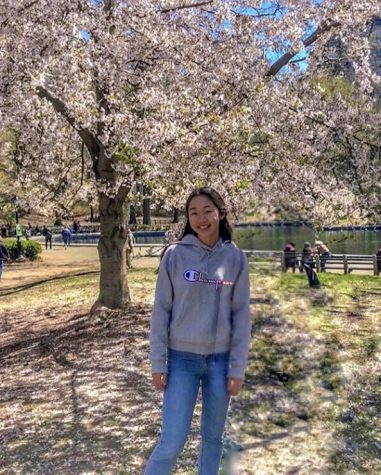










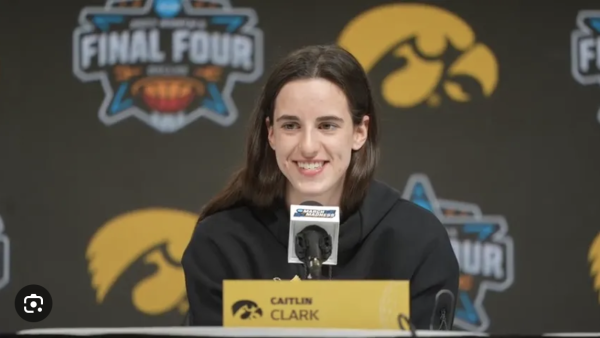
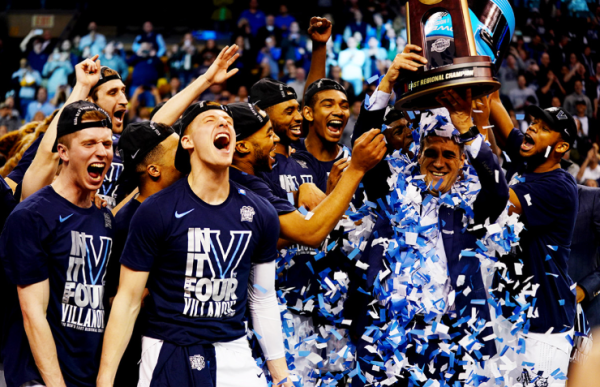
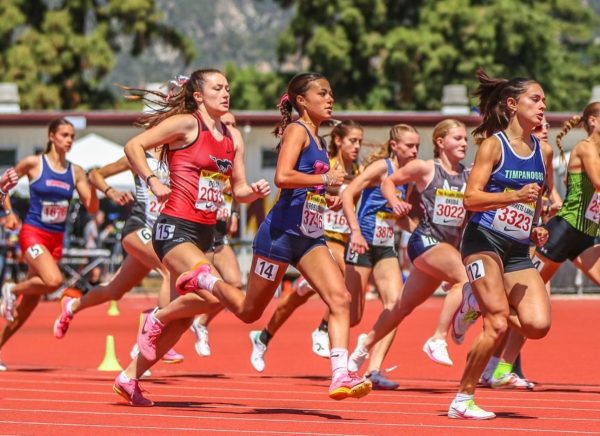
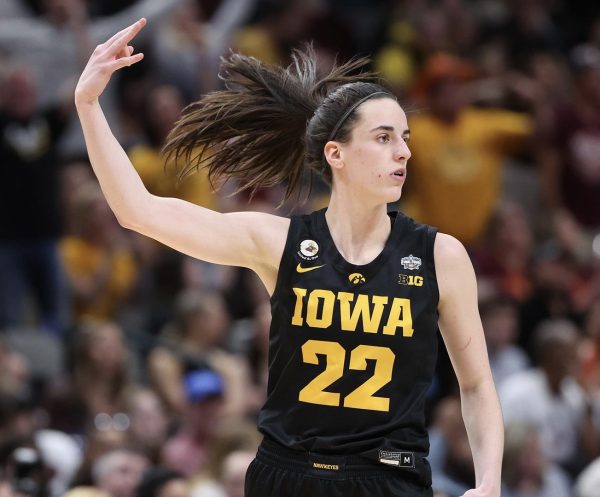



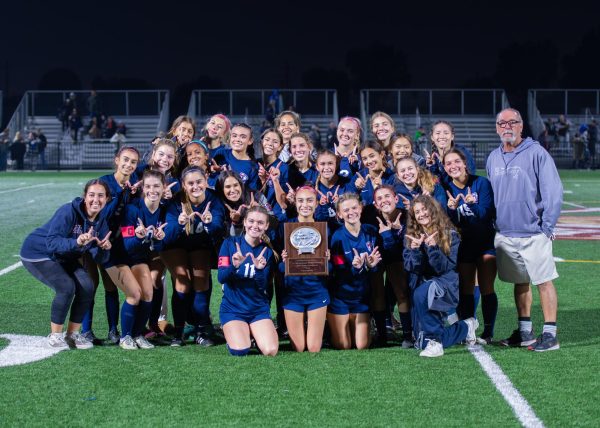
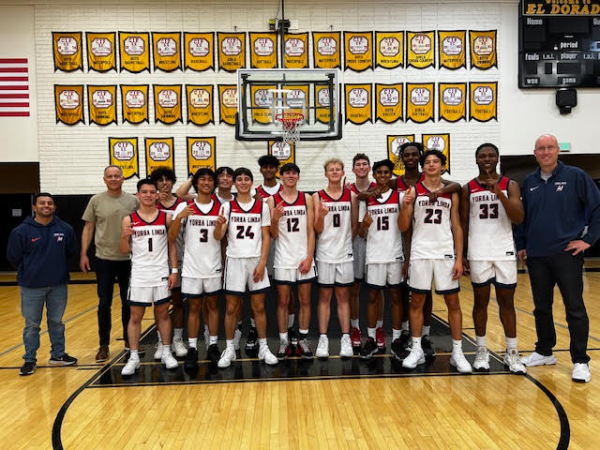
Sharon Sun • Oct 23, 2020 at 3:57 PM
Hey Anita, I think your analysis was completely spot-on! I’ve definitely seen support by Asian communities all over the world for prominent Asian athletes overseas. Some examples I can think of are floods of Korean support for Son Heung-min who plays in England and Japanese support for Takefusa Kubo who plays in Spain. I also really think you nailed it with the explanation of Asian culture that prioritizes prestigious college education over professional sporting careers.